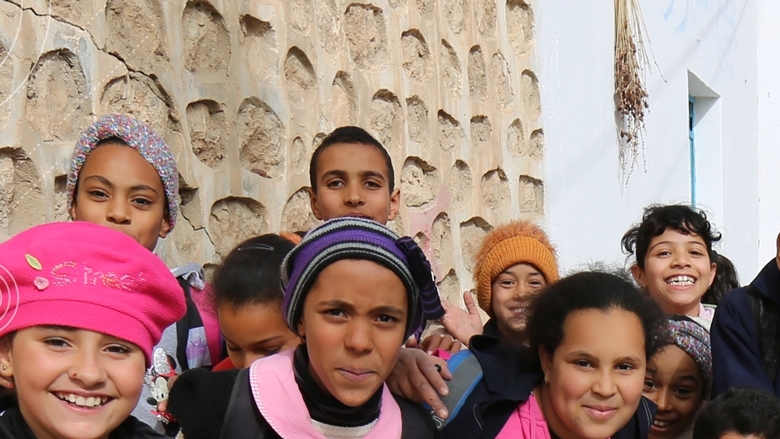If present trends continue, by 2050 more than 300 million young people will be coming onto the job market in MENA—a potential addition to the workforce not much smaller than the region’s total population today. This means that, between now and then, MENA needs to create 10 million jobs a year. These jobs—or their equivalent in paid work—are not going to come from the public sector: many will have to come from a vibrant, unconstrained, and competitive private sector, to which the education systems of MENA countries need to adapt.
In order to succeed, the new job market will need to be underpinned by an open embrace of transformational technologies, such as online digital payments and money transfers made by mobile phone. These technologies, widely available elsewhere, would link MENA to the rest of the world and offer its savvy, young population new ways of creating employment and economic growth.
The World Bank Group is ready to support this leap toward a new economy and help MENA countries harness its potential by encouraging governments to invest heavily in human capital—in the education, health, and skills of their citizens so each new generation is equipped for the opportunities a global digital economy creates.
This is the focus of the MENA publication, From Transition to Transformation, which explains the World Bank’s broadening of its strategy to help the region move from crisis to stability, employment and economic expansion.
The first chapter of the book focuses on the World Bank’s overall priority of investing in people to develop the skills essential for long-term growth; the second on embracing digital transformation to usher in a new economy; the third on mobilizing private finance for development; and the fourth on what the World Bank has achieved in some of its programs and lending mechanisms in MENA since 2015, when it first put its existing the strategy into place.
The Middle East and North Africa: From Transition to Transformation (PDF Format)
